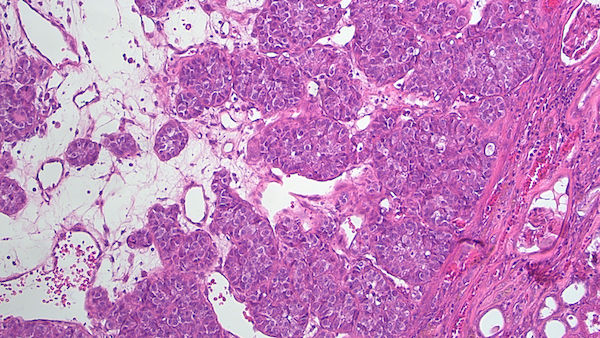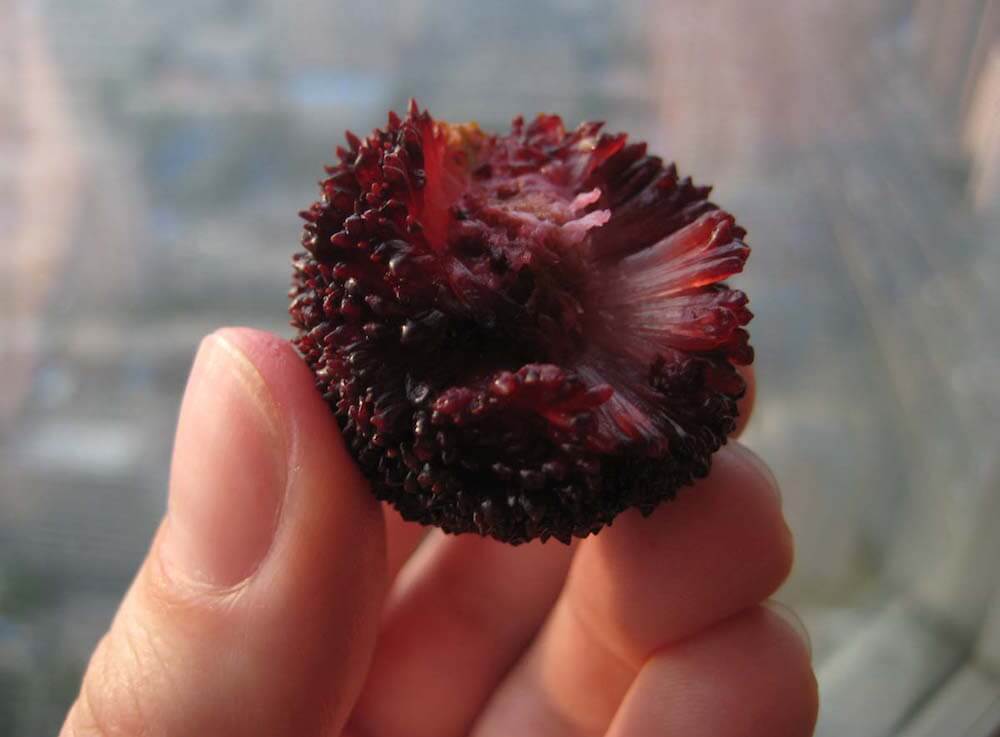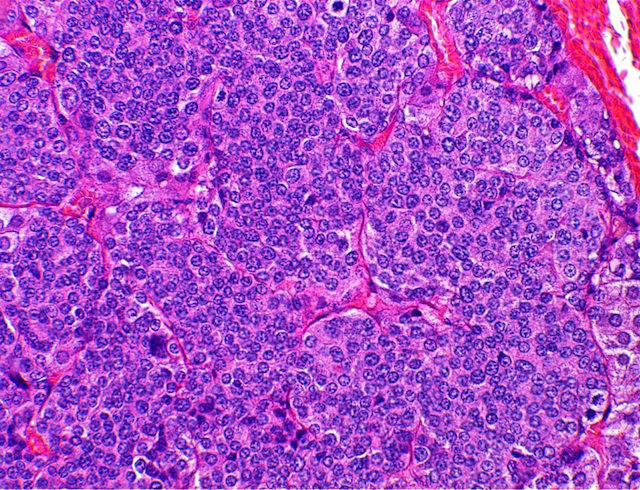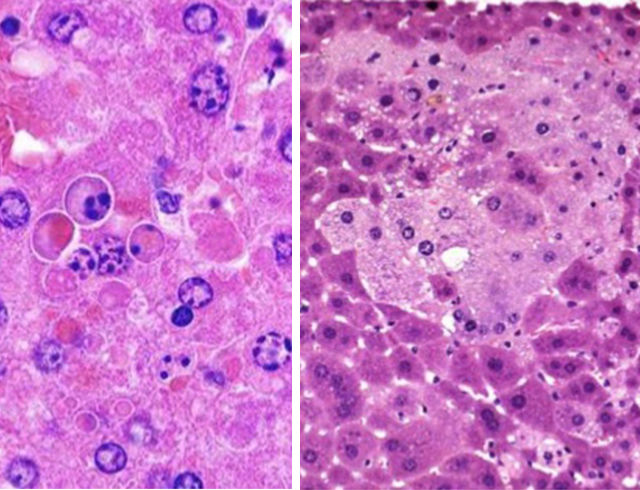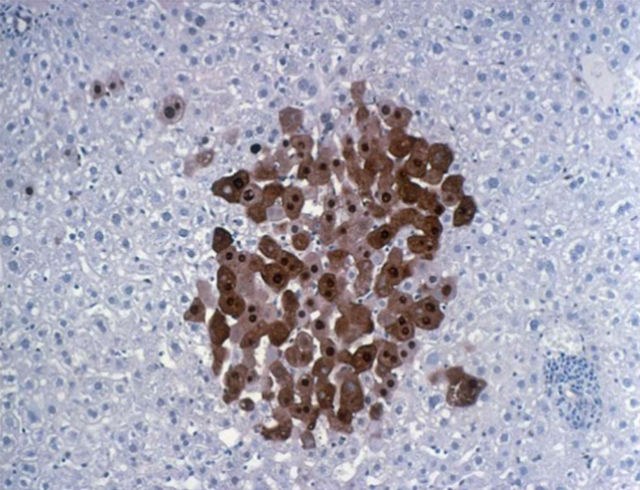The Discipline of Toxicologic Pathology
Toxicologic pathology is a biomedical specialty that integrates the science of toxicology (study of poisons) and pathology (study of disease). Both toxicology and pathology are critical components of the safety assessment process used in predicting human and animal responses to drugs, chemicals, and therapeutic devices, including identifying the potential of these agents to cause cancer. The toxicologic pathology discipline also studies adverse environmental exposure responses in aquatic organisms, domesticated and wild animals, and humans. In addition to morphological diagnoses of organ and tissue pathology, toxicologic pathology includes identifying injury at the cellular, subcellular, and molecular levels to identify the health consequences of the adverse effects of drugs, chemicals, and therapeutic devices on aging, genetics, nutrition, immune function, developmental biology, reproduction, and brain development. The discipline of toxicologic pathology is heavily involved in development and safety assessment of new candidate drugs, pesticides, new medical implants, food additives, over the counter herbal products, and genetically modified foods with a primary objective of improving human, animal, and environmental health.

Toxicologic Pathology Articles and Publications
Safety Assessment and Single-dose Toxicokinetics of the Flavouring Agent Myricitrin in Sprague–Dawley Rats
Myricitrin, a flavonol rhamnoside of myricetin extracted from the Chinese bayberry (Myrica rubra Siebold) plant, has been used in Japan since 1992 as a flavour modifier in snack foods, dairy products, and beverages. It is […]
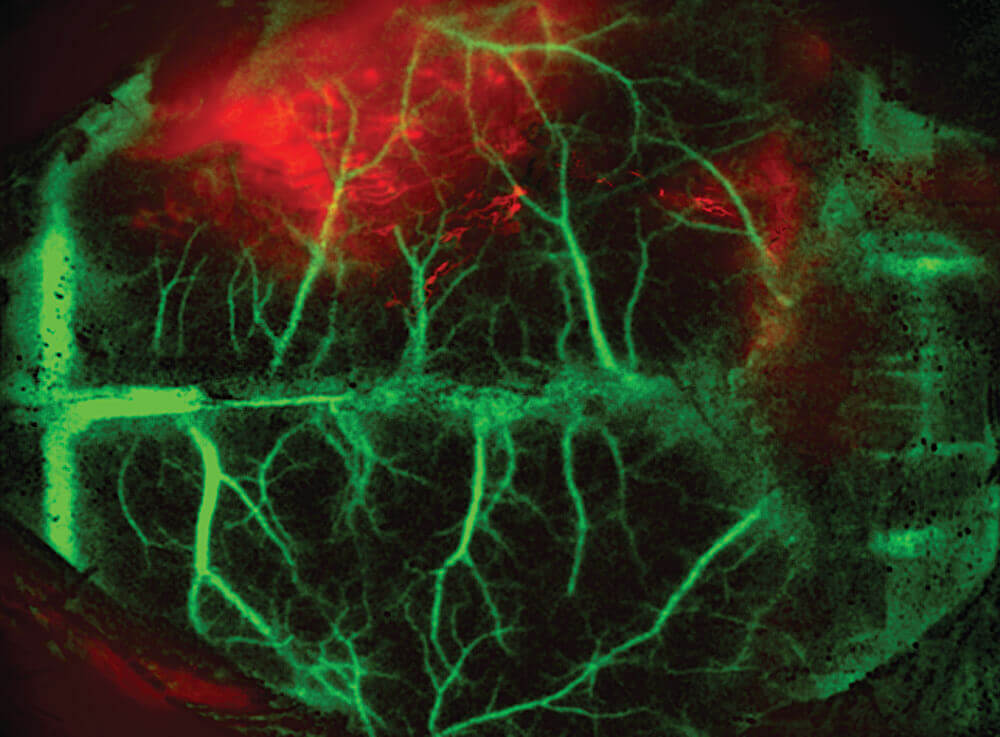
Imaging Applications in Toxicologic Pathology – Recommendations for Use in Regulated Non-Clinical Studies
Available imaging systems for use in preclinical toxicology studies increasingly show utility as important tools in the toxicologic pathologist’s armamentarium, permit longitudinal evaluation of functional and morphological […]
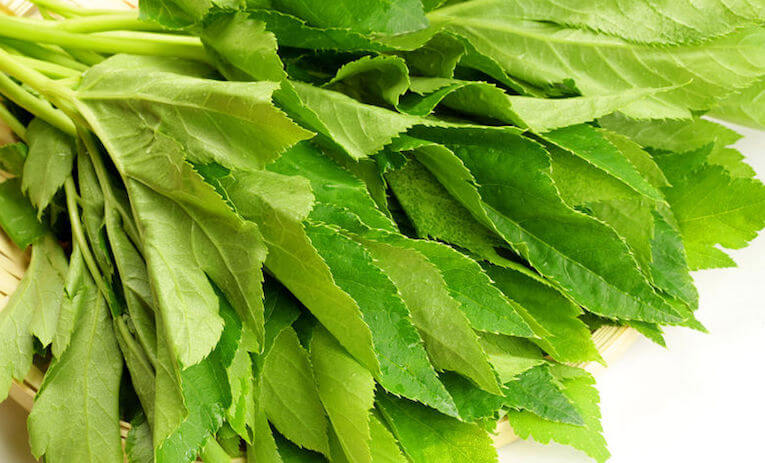
Toxicological Assessment of Ashitaba Chalcone
The plant Angelica keiskei contains two main physiologically active flavonoid chalcones, 4-hydroxyderricin and xanthoangelol. Known as ashitaba in Japan, powder from the sap is widely consumed for its medicinal properties in Asia as a dietary […]
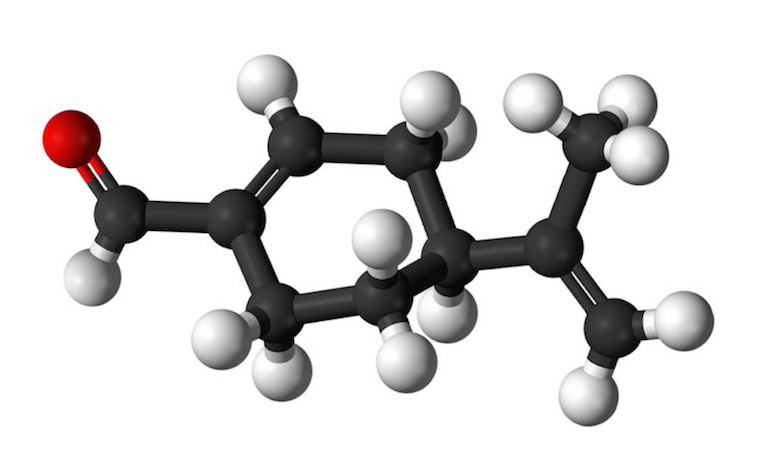
Genotoxicity Assessment of the Flavouring Agent, Perillaldehyde
Perillaldehyde, a natural monocyclic terpenoid found most abundantly in the herb perilla, has a long history of use as a flavouring ingredient to add spiciness and citrus taste to foods. Previously, it was judged to […]

The Role of the Toxicologic Pathologist in the Post-Genomic Era
An era can be defined as a period in time identified by distinctive character, events, or practices. We are now in the genomic era. The pre-genomic era: There was a pre-genomic era. It started many […]
See all toxicology and pathology articles and publications
All ArticlesToxicologic Pathology Lectures
This toxicologic pathology presentation provided examples of normal, degenerative lesions of the rat and mouse adrenal gland and includes non-neoplastic proliferative lesions as well as common and rare adrenal cortical and medullary cancers.
A toxicologic pathology overview of liver toxicity including clinical and anatomic pathology, histopathology of toxic liver lesions, factors that influence liver toxicologic pathology, and case examples for establishing a NOAEL.
A gallery of photomicrographs depicting the spectrum of foci of cellular alteration in the rat liver that might be encountered during toxicologic pathology evaluation of preclinical studies.
See all toxicology and pathology lectures
All Lectures
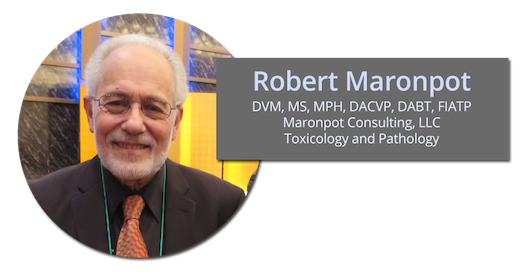
Robert R. Maronpot, DVM, MS, MPH, DACVP, DABT, FIATP, was selected by the Awards Committee as the 2008 Society of Toxicologic Pathology Achievement Award recipient. Dr. Maronpot has significantly influenced the field of toxicologic pathology in many different ways, including as a leader, manager, educator, and author. He is internationally recognized and highly respected for his scientific contributions to toxicologic pathology and the advancement of the Society of Toxicologic Pathology (STP). Dr. Maronpot served as president of STP in 2001 and as editor-in-chief of its journal, Toxicologic Pathology, from 2001 to 2004.

